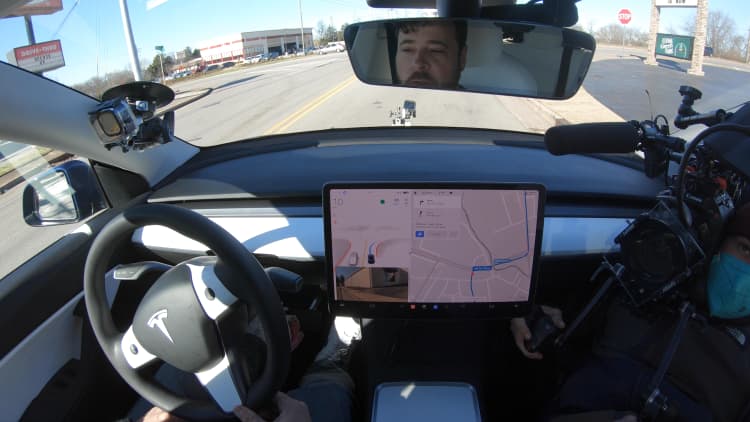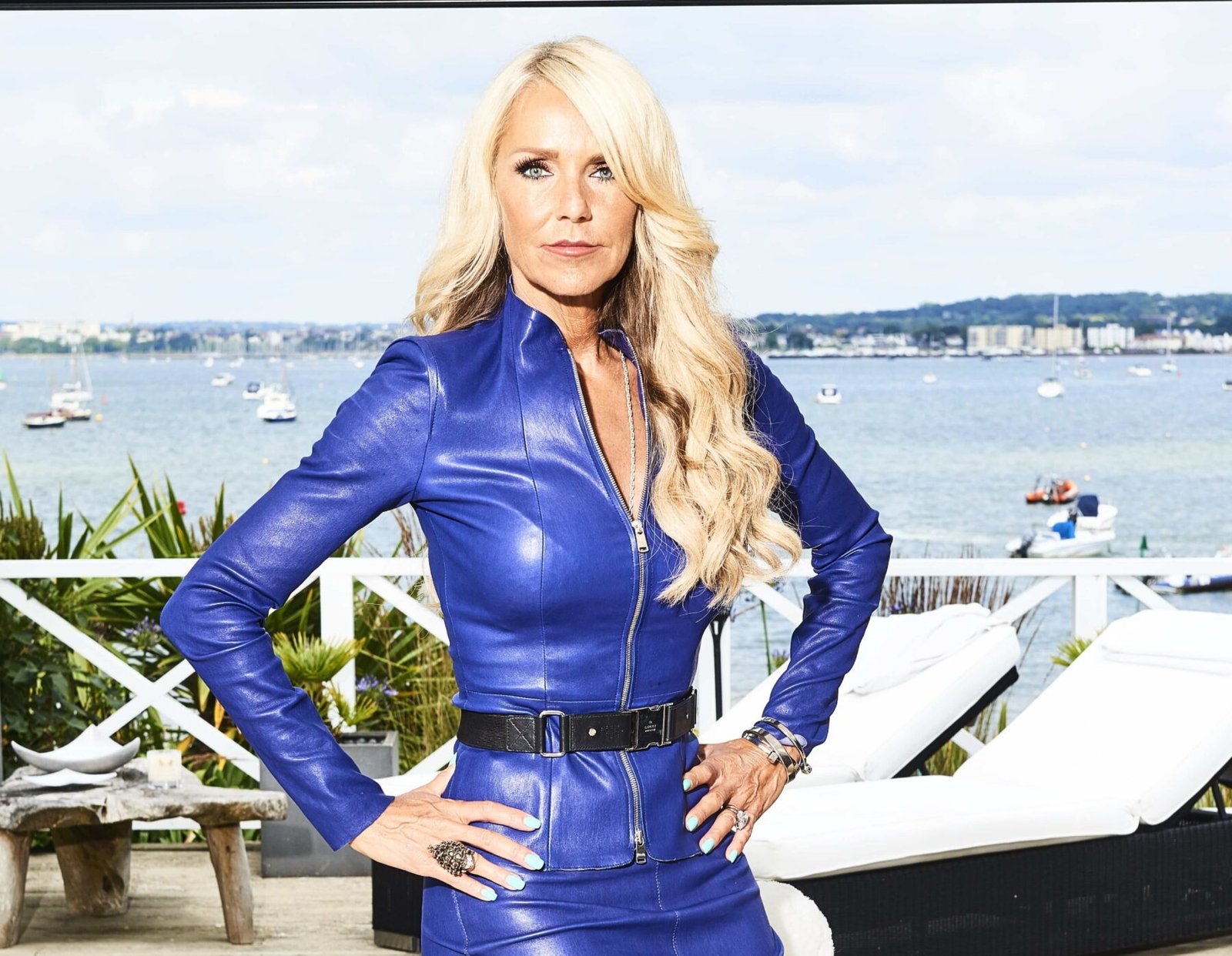Amazon– Owned self-driving car venture Zoox said on monday The company is currently testing self-driving robo-taxis with passengers on public roads in California.
The vehicle has no steering wheel or pedals and has bi-directional drive capability and 4-wheel steering so you can change directions without having to back up.
Zoox executives said the company began testing last week after receiving approval from the California Department of Motor Vehicles.
This permit does not cover all public roads in the state. The test is currently limited to Zoox employees traversing his one-mile public route between his two office buildings at the company’s headquarters in Foster City, Calif., at speeds of 35 miles per hour. It has been. The company did not disclose the size of the test vehicle, but executives said it built “dozens” of less than 100 vehicles.
Zoox said one of its vehicles completed a test drive over the weekend with employees on board.
Amazon acquired the nine-year-old startup in 2020, but at the time gave few details about how it planned to use the company’s technology. Zoox unveiled a bespoke electric robo-taxis in 2020. This has a view to providing on-demand autonomous mobility in urban environments.
On a conference call with reporters, Zoox executives declined to say when the company would launch a commercial robotaxi service, or when it would begin testing on limited routes and non-employee participants. bottom. We will continue to test the vehicle with our employees and plan to begin employee shuttle service this spring.
GMCruise, the self-driving unit of , has also developed an autonomous shuttle called Origin that has no manual controls.cruise and alphabetWaymo last year received approval to roll out a self-driving taxi service in California and charge passengers a ride.
Unlike Cruise, Zoox says its self-driving vehicles, which do not have steering wheels or other manual controls, meet federal motor vehicle safety standards, so the company is not seeking exemptions for use on public roads. yeah.
All companies testing vehicles on public roads in California must report each time the system is disengaged or a human driver has to take over the autonomous system while driving. This is usually due to safety concerns or software issues.
Zoox does not call these incidents exits, but rather when the vehicle needs support or guidance, so they do not report them to the state.
“If a vehicle is in a situation where they need help because they need to do something that they are not normally allowed to do or they don’t know how to handle the situation, we have what we call a ‘fusion center’. . A trained guidance operator monitors the scene’s output before giving the vehicle guidance and permission to do something, but the vehicle is still in charge and does all the driving. Or drop breadcrumbs in another trajectory or worst-case scenario takes over,” Zoox’s CEO, Aicha Evans, told reporters.
— CNBC’s Laura Collodny Contributed reporting to this article.
clock: Tesla FSD Beta User Shows How System Works, But It’s Not

































